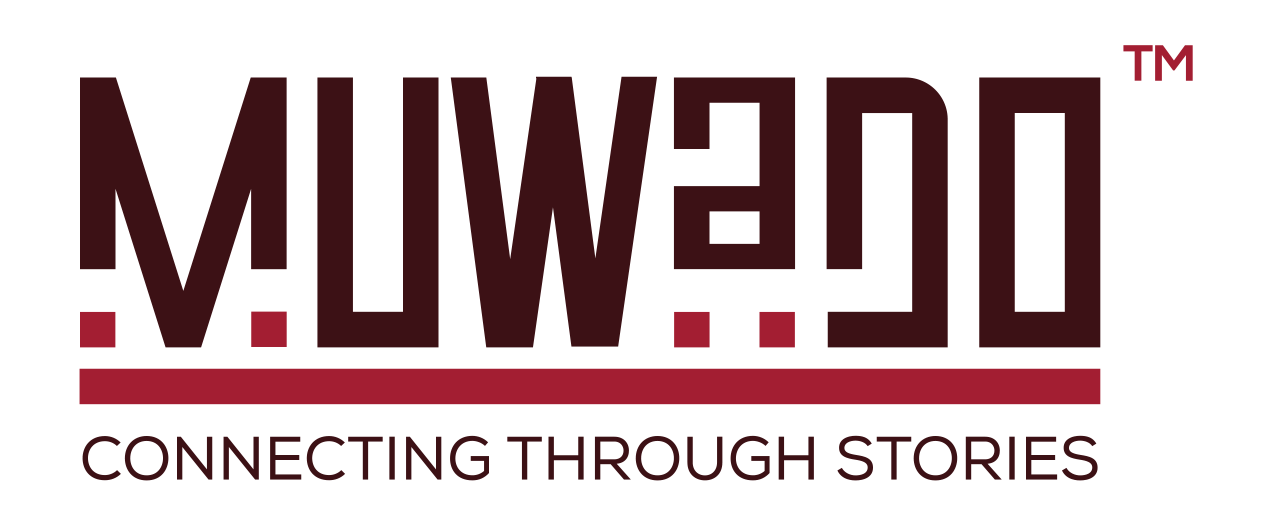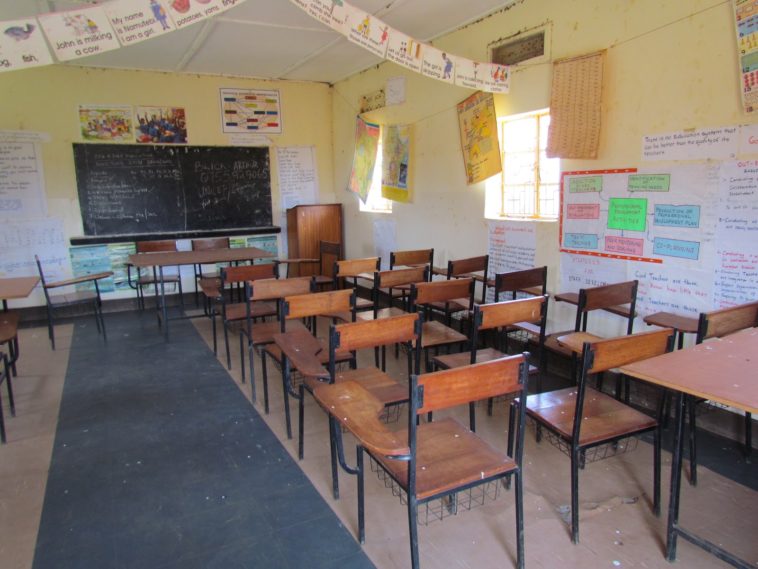They say, a society that ceases to learn, ceases to grow. Uganda’s education system has experienced some changes since her independence in 1962. The teacher as the custodian of information dominated the classroom and students were recipients, who sat quietly through each lesson and took in as much as possible. This system may have worked for the 20th-century citizens, whose jobs were well known, such as teaching, engineering, medicine, law, but it has since been outdated. Unfortunately, Ugandan teachers still uphold this kind of education, no matter how much toil it takes on the cognitive abilities of learners.
I recently visited Finland, as part of an education program. We visited education institutions from early childhood centres, primary and secondary schools, universities, innovation centres, libraries, and other tertiary institutions. We held discussions with teachers, university professors, innovators, entrepreneurs, education ministry officials, and other stakeholders in the Finnish education sector. Finland has a population of about 5.5 million people. Although their official languages are Finnish and Swedish, many people speak English as well. Until the 70’s, Finland’s education had a lot of similarities with our current education – teacher-centred, rather than child-centred. Today, Finland’s education system is considered one of the best in the world, according to the scores on the Programme for International Student Assessment (PISA), under the Organization for Economic Cooperation and Development (OECD). They maintained the first position for a number of years since 2000 and as a result, numerous countries have visited them to find out what makes their students stand out. Below is what I observed and learned about the Finnish education system. I believe some of these ideas could be transferrable to our system.
- Deliberate heavy investment in the education system
In 2016, the Finnish National Education Agency reported that Finland spent the equivalent of approximately $10,000 per student on basic education. Their overall education budget is €12.2 billion. Finland’s education policies changed from “educating” to “learning to learn”. This meant that the focus was not on student scores, but on ensuring that real learning took place. It is mandatory for all schools to give free lunch, health care, books and materials and school trips. The Finnish education system focuses on seven transversal skills and knowledge areas, which teachers use to design their school curricula:
a) Thinking and learning to learn,b) Cultural competence, interaction and self-expression, c) Taking care of oneself and managing daily life, d) Multi-literacy, e) Competence in Information and Technology, f) Working life competence and entrepreneurship, and g) Participation, involvement and building a sustainable future.
These are all life skill, aspirational competencies, rather than focusing on content knowledge.
- Professionalization of teachers, training and autonomy
Teachers in Finland are highly educated and trained. All teachers in Finland hold a master’s degree in education. One cannot get a teaching job without a master’s degree. Teaching is a very respected, honourable and fairly highly paid profession, that is strongly vied for. Only 1 out of 10 applicants are accepted into the teaching profession, despite the numerous qualified applicants. This means that those that are accepted are the crème de la crème of Finland’s teachers. Most of the teachers who enter into the teaching profession never change professions. Finnish teachers are highly committed to their profession, knowing that their education policy emphasizes equal opportunity for every child, regardless of the background.
- Trust
The Finnish have a rare quality of trust, inculcated in them from childhood. It is no wonder that Finland was voted the safest country in the world! Parents trust their children as young as 7 years to take themselves to school and back. Parents and principals trust teachers to do their job professionally. Teachers in Finland are given autonomy to design their own curricula (following the general curriculum guidelines). Teachers customize their curricula to the learners’ abilities. During our visit, the word “learning” was used all the time, visa a vis, “teaching, or education”. To the Finnish teacher, learning is a continuous experience and not an end in itself. To the Finnish student, learning is a fun process, integrated with play and freedom of choice and innovation. It is student-led, and students are highly motivated. The student can easily challenge the status quo. It is noteworthy that at the primary level, a class teacher takes on all the major subjects (math, English, science, humanities, etc), while other teachers my teach specialized subjects such as music. There is nothing like lower- or upper-class teacher. The teacher will move with his/her students from grade 1st grade to 9th grade (basic comprehensive stage) until they are ready to move to upper secondary school. It takes a highly educated and competent teacher to take on such a task!
- No standardized tests
There are no standardized tests in the Finnish education system (the equivalent of Uganda’s UNEB). There are continuous students’ assessments. Simple tests may be given by a teacher to gauge the learning outcome. However, grades are not transferred to the school year report. The absence of such tests gives way to teachers to be creative in their teaching. Finnish school time begins at 9.00 am and ends at 2.00 pm. In between 45-minute lessons, 15-minute breaks are given to students to stretch and “re-calibrate” to reduce boredom. This goes for high school students as well. Outdoor activities are highly encouraged, even during winter. Minimal homework is given to learners – for revision of concepts learned. The rest of the time is left for learners to explore, invent, create, play and continue to learn through co-curricular activities; for teachers to plan for the next day lessons, meet with individual students or parents. Finnish teachers believe that teaching of facts is outdated. Children can discover information simply by searching for them over the internet. That is why the focus is on aspirational competences. Discovery, innovation, collaboration is encouraged in classrooms to prepare these students for 21st-century jobs.
- No dead ends
“No dead ends” was a phrase we heard over and over. After completing basic education at age 16, a student may choose to take a vocational course and move to university for a bachelor’s degree; or they may go to university and then to a vocational institution. From both institutions, they may take a master’s course if they so-wish. The system is very flexible at whatever entry point students want to take on. This means that students have the flexibility to try out areas of interest before (or after) they embark on their degrees.
- Partnerships in Education
All communities are represented in the education policy decision-making. National and local authorities, teachers’ union, social partners, parents, pupils and students, research institutions and all other relevant stakeholders. This way, the system is owned by everyone and everyone works in harmony to fulfill their duties, and everyone is accountable.
- Spreading the school network
Schools are spread out in all districts, have great teachers and are all very well-equipped. There is no need to search for a better school in a different area. It is forbidden for Finnish schools to make selective student admissions. All schools have unique spaces where students and staff can sit – either quietly, play, innovate, relax, do assignments and carry out whatever activities they need to, without supervision. These areas give an aura of independence. It is no wonder that students thrive because they don’t feel confined to the classrooms. It was amazing to see the teachers’ creative ideas coming to life. Many of these ideas did not need expensive resources. They just needed to get students out of their classrooms and about. Lots of collaboration between the learners was evident, and the teachers were there to guide.
In addition, Finland has some public areas designed for multi-purpose activities for the community. One such area is the Oodi Library. Students, parents, educationists, and other community members were all involved in the planning process of this library. 17,200 square meters of this library is designed for books. The rest of the library was left for “doing”. This means, people visit the library to do a variety of activities including reading, socializing, creating works of art, music, movie theatre, holding events. There are quiet spaces for those who wish to read, 3D printing, computers, virtual reality, sewing machines, videography, photography, cafeteria. Spaces for parents and grandparents to sit, watch or wait for their children as they play, read, create. It is more than library space – it is a community space for people to just be and do! This library is meant to bring together the people, stories and knowledge. It is very much representative of the Finnish education system and culture.
What could be transferable to Uganda?
- Get rid of national examinations.
Exams do not guarantee that real learning has occurred. Many students cram to re-produce facts. Examinations ignore a child’s other areas of growth and unexaminable skills; bog down, innovation, collaboration and critical thinking. Other abilities such as music, art, public speaking, designing, athletes, dancing, swimming, creative writing are neglected, yet they are the most relevant in the real world. Removal of exams would reduce stress and give teachers, students and parents more time for innovation and real learning.
Reduce knowledge content from the syllabus
The current syllabi are filled with too much content. Teachers focus more on syllabus completion than ensuring that learning has taken place. Most knowledge can be obtained by a simple search on the internet. More time should be dedicated to 21st century skills such as collaboration, communication, creativity and critical thinking that are vital for students’ future known and unknown jobs.
Reduce school hours and homework
If syllabi content is reduced, school hours should inevitably reduce to leave extra time for students to explore and take part in co-curricular activities. Homework should be kept to a minimum. Teachers would have more time to evaluate their learners, lesson planning, remedial time for struggling learners, creativity, research, and training. We need to critically think about changing our education system and make it more relevant to the changing times.
The writer is the Director, KinderKare Schools and a Doctoral Candidate, with the Rossier School of Education, University of Southern California.
Email: [email protected]
This post was created with our nice and easy submission form. Create your post!





